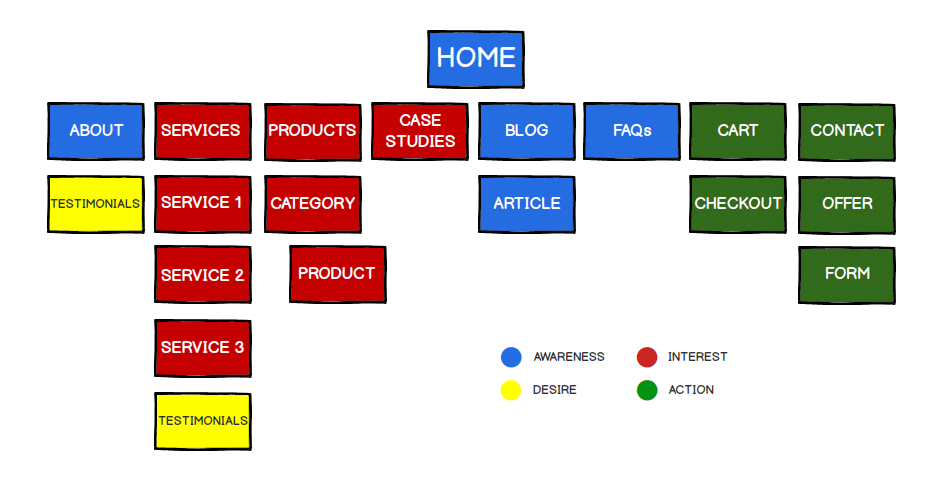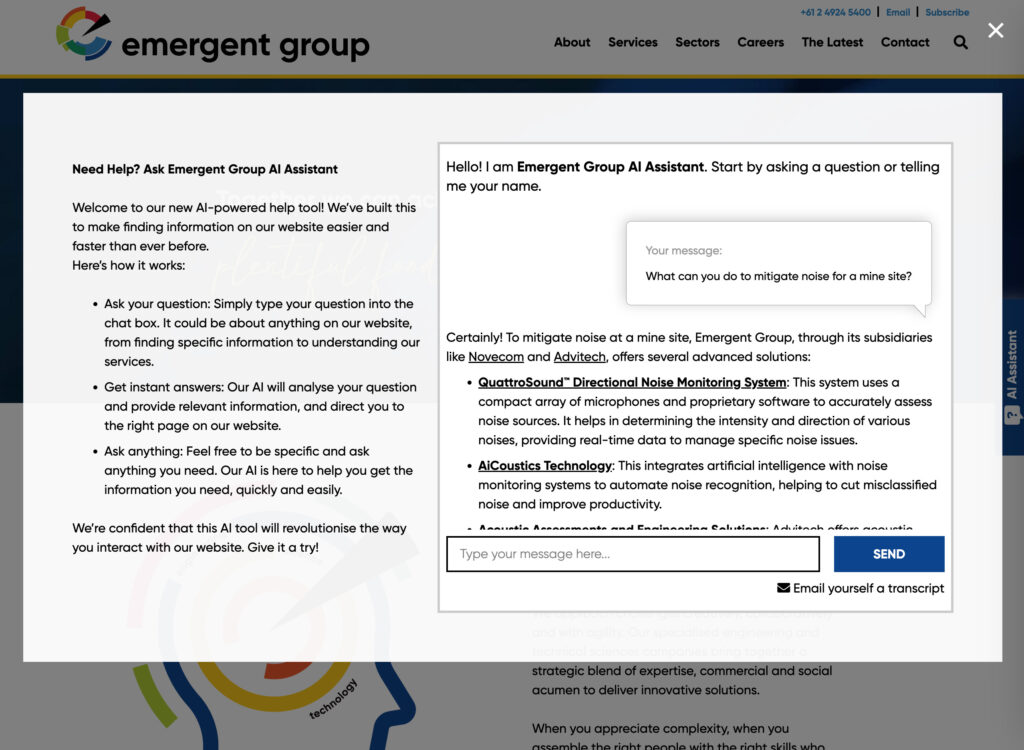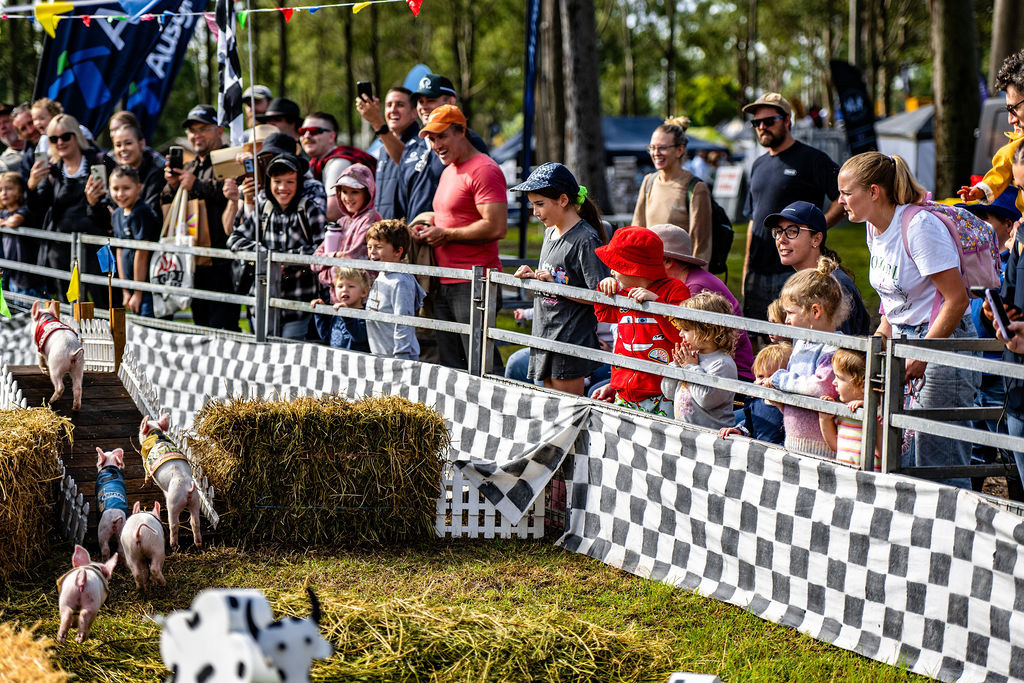Following on from our posts about the strategy and scope in The Elements of User Experience, we come to the next phase which is the structure of the website. Structure involves how the customer will interact with functions and how the content structure is designed. We ensure the strategy of the website is delivered via the scope by designing how the user tasks will be conducted and how they will journey through the content of the site.
Interaction Design is largely the domain of the developer. A good understanding is available from the Interaction Design Foundation who put forward five dimensions of interaction design: words, visual representations, objects and space, time, and behaviour. The animation below is great for putting each into context, click to start the animation.

Information architecture will require the participation of the business representatives with the guidance from UX specialists and designers. Together they will work on organisational structure of content, naming systems, navigation systems, and search systems. The most common method of ensuring content will meet scope and strategy is to identify content pages or sections on post-it notes, or to use a software such as SlickPlan or Trello, where you can easily add notes, and move pages around as you run various customer journey scenarios that require the arrangement and rearrangement of content into a sitemap.
To guide this process we recommend using a marketing funnel framework to identify the topics, types, and functions of the content you will require to be successful. Whether it is the traditional AIDA (awareness, interest, desire, action) model, or the modern variations such as see, think, do, delight, the principles are similar and we need to address them with our content.
Awareness is going to be the focus of your most common landing page (usually the home page), and the real estate in it. Here you will address the problems your business solves for your customers, show that you understand your customers and their needs. Aside from the home page you will provide awareness content via your “about” category of pages, your blog articles, and FAQS.
Interest is generated via information on your specific service or product pages. The majority of your content will be in your service and/or product category of pages. You can compliment these with case studies demonstrating how your product or service specifically solves a customer problem.
The next stages to address are the desire and action. Content and calls to action to leverage interest into a conversion. Content such as testimonials, reviews, free trials, free quotes, or free consultation can generate desire, while the contact forms, shopping cart functions facilitate the desire into an action.
We now have four content purposes that meet the various stages in which your customers are dwelling during their problem solving search. We can now align our specific content under one or more of these intents, and begin on a structure. We know we need a home page, and about page, and a blog to build awareness of what you do broadly, we need service or product pages and case studies to generate specific interest in your business over that of your competitors. We know we need social proof and tease content to generate the desire to use your products or services, and we need contact information and conversion functions such as forms and a shopping cart to convert the desire into an action.
The sitemap that emerges may look like the example below. It is in the next phase where the inter-relationship between the categories of content is designed. If you would like a content review or planning session, contact us.





